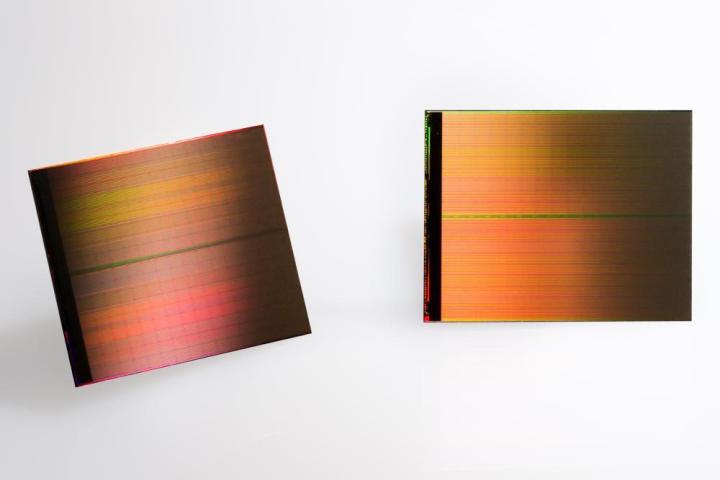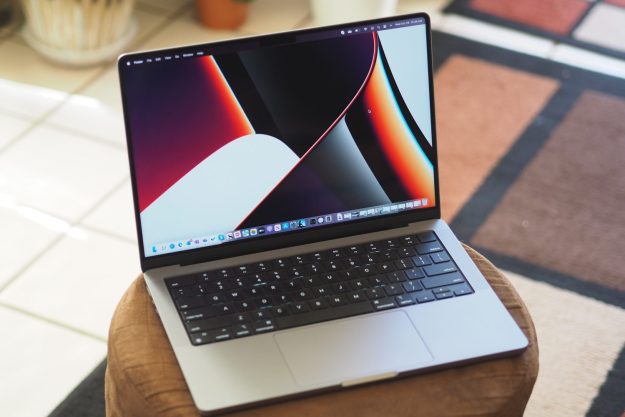
Optane is Intel’s upcoming lineup of memory and solid state storage that utilizes 3D Xpoint. This technology uses a three-dimensional mesh to store data, and is the first major breakthrough in storage technology since the development of flash memory in 1989. Speeds are fast enough that hard drives and memory (i.e. RAM) can operate at roughly the same speed, which could fundamentally change the way computers work in the long term.
Intel hasn’t said much about Optane, but the drives are reportedly compatible with NVMe, a super-fast storage protocol already put to use in some MacBooks. It’s not unheard of for Windows laptops to use NVMe, but most use the older SATA interface instead.
Certainly, it would make sense for Apple to adopt the technology quickly. The company led the charge for PCI Express hard drives, and then the adoption of NVMe, when it became available. This gave Apple a hard drive performance lead. In the last year that’s eroded a bit as more Windows systems include PCI Express and/or NVMe drives, so Optane could be the opportunity Apple needs to retake its lead.
Optane SSDs are expected to show up on the market sometime next year, likely sold to hardware enthusiasts for use in desktop computers. Gamers are an obvious niche on the consumer side of things, but the potential benefits for data centers are also massive.
Little has been said about how this tech will be put to work in consumer devices, including laptops. We won’t know much until Apple, Intel, or any other computer maker publicly announces support. But we’re sure every MacBook fan would love a hard drive with write speeds 1,000 times faster than an SSD.
Editors' Recommendations
- The case for buying the M2 MacBook Air over the M3 model
- Why gaming on the M3 MacBook Air has left me impressed
- Whatever you do, don’t buy a MacBook Air right now
- New MacBooks are coming, but they aren’t worth waiting for
- Here’s why people are raising concerns about the M3 Pro MacBook Pro


